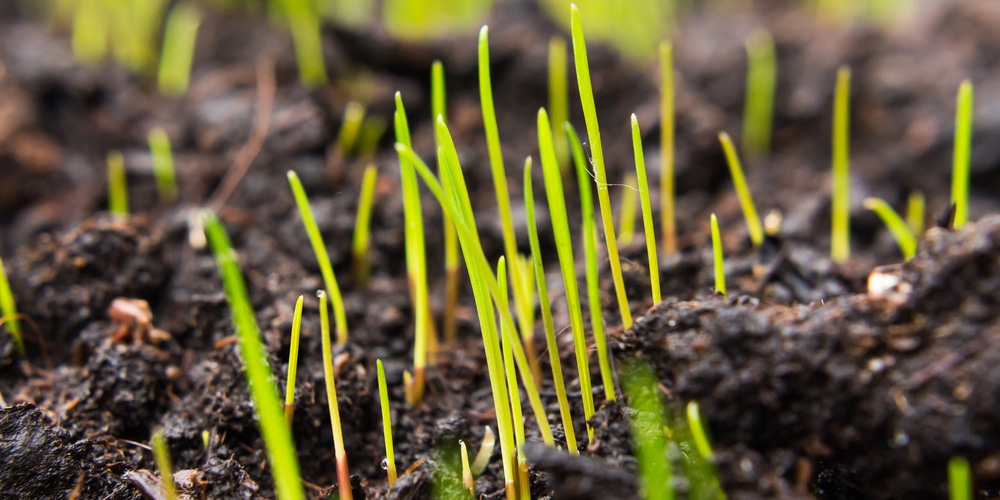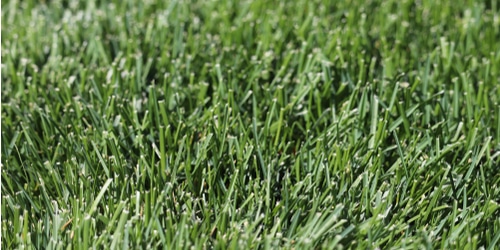Mazama Kentucky bluegrass is an attractive and elegant-looking cool-season lawn grass. Many homeowners choose to grow it in their garden. Under ideal growing conditions, this turf is dense and hardy. However, it will require you to maintain it.
Kentucky bluegrass isn’t the best option for gardeners with little time on their hands. Indeed, it can be demanding and require high maintenance to keep the attractive looks that made it such a popular turf throughout the United States.
But did you know that there are several subspecies of Kentucky bluegrass? Among them, one of the most common is the Mazama. But what should you know about Mazama Kentucky bluegrass? And is it a suitable option for your lawn? Keep reading this essential guide to learning everything you must know about this grass!
What is Mazama Kentucky Bluegrass
If you haven’t heard about it yet, don’t worry: the truth is that Mazama Kentucky Bluegrass is a relatively new grass type. Indeed, it was developed only in 2016.
This low-growing grass requires less maintenance than other types of bluegrass, making it the ideal option for people looking for dense grass that doesn’t ask for much.
Also, this turf will perform well even during the summer, so it is perfect for gardeners living in mild climates and needing a year-round lawn option. With Mazama Kentucky Bluegrass, you won’t have to worry about wear: it is one of the most resistant subspecies.
Is Mazama Kentucky Bluegrass a Good Option for Your Garden?
Overall, Mazama can adapt to various environments and will thrive with low maintenance levels. While this turf performs better in regions with a milder climate, you can have a go growing it even in the southern areas of the United States.
However, you may have to increase watering. But in general, this type of grass has a higher tolerance to heat and drought when compared to other cool-season grasses. So, we can say that Mazama is a versatile plant: you can grow it in most landscapes.
Additionally, Mazama Kentucky Bluegrass is resistant to most diseases that usually affect turfs. For instance, leaf spots, powdery mildew, and rust rarely affect this grass. And if you are a beginner gardener, this means fewer headaches and time spent taking care of your turf.
If you like Mazama Kentucky Bluegrass, you are not alone. Because of its versatility, this plant is becoming a popular option for sports courses, parks, and even private home lawns. But how can you make the most out of it? Jump to the following section to get our tips!
How To Grow Mazama Kentucky Grass
Mazama Kentucky grass has similar needs to a “regular” cool-season turf. For instance, it needs about one inch of water per week and will benefit from some fertilizer. However, this subspecies has a lower tolerance to the heat and will have fewer issues growing in low-light conditions.
Also, don’t forget to keep your Mazama Kentucky grass short: you can cut it to heights of 2 to 3 inches with no issues. Of course, you must avoid cutting more than one-third of your grass in a single mowing.

